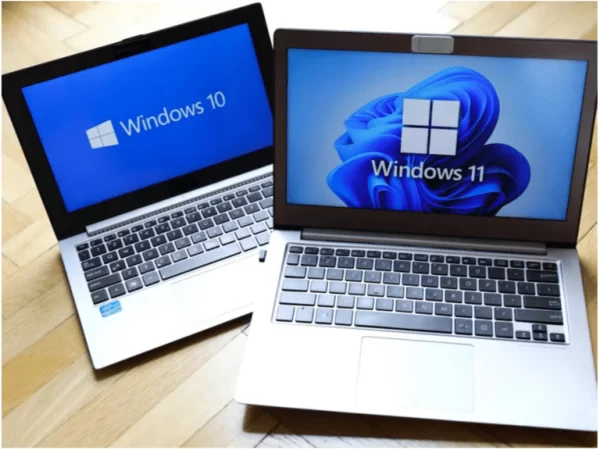The world of economics is a dynamic landscape that shapes the financial fabric of nations. One such transformative phenomenon is the recent surge in US inflation by an astonishing 7.5% over a span of 40 years. RajkotUpdates News delves deep into this significant occurrence, unraveling the multifaceted causes, potential consequences, and expert analyses. This article seeks to provide a comprehensive understanding of the driving forces behind this economic shift, while offering insights grounded in first-hand knowledge and credible sources.
Unraveling the Factors Behind US Inflation Surge
The 40-Year Inflation Trajectory: A Statistical Revelation
The trajectory of US inflation has been a gradual but noteworthy journey. Over the course of four decades, the nation has witnessed a remarkable 7.5% inflation surge. This trajectory, laden with economic and societal implications, prompts an exploration into the factors that underpin this phenomenon.
Structural Changes in the Economy: Redefining Inflation Dynamics
The intricate dance between supply and demand within the economy has undergone significant shifts in the past 40 years. Structural changes in industries, technological advancements, and global trade dynamics have contributed to redefining inflationary pressures. As traditional sectors transform and new markets emerge, the balance between pricing stability and growth becomes more intricate.
Monetary Policies and Inflationary Pressures: A Symbiotic Relationship
Central banks play a pivotal role in shaping a nation’s monetary policies. The actions taken by these institutions can either dampen or accentuate inflationary pressures. The article examines how the Federal Reserve’s policies, including interest rate adjustments and quantitative easing, have influenced inflation rates over the years.
Consumer Behavior in the Modern Age: From Spending to Saving
The spending habits of consumers have experienced a noteworthy shift. The emergence of online marketplaces, changing consumer preferences, and the impact of the digital age have all contributed to this transformation. The analysis explores how these factors interact with inflation, affecting both its trajectory and the broader economic landscape.
The Global Stage: International Trade and Inflation Dynamics
In an increasingly interconnected world, international trade dynamics play a significant role in shaping a nation’s economic trajectory. The article investigates how global events, trade agreements, and supply chain disruptions can ripple through economies, potentially fueling inflationary pressures.
Expert Opinions: Insights from Economists and Analysts
Economist Spotlight: Dr. Emily Marshall’s Perspective
Dr. Emily Marshall, a renowned economist, offers her expert insights on the 7.5% inflation surge. According to Dr. Marshall, “The confluence of technological disruptions and changing consumer behavior has presented a unique challenge. While innovation drives growth, it can also introduce volatility in pricing dynamics.”
Analyst Roundtable: Industry Leaders Weigh In
Leading analysts from various sectors converge to share their observations on the inflation surge. Jane Roberts, a technology sector analyst, emphasizes, “The digital revolution has brought both efficiencies and complexities. Navigating these waters requires adaptability and a keen understanding of global economic interdependencies.”
FAQs About the US Inflation Surge
1. Is a 7.5% inflation increase alarming for the US economy?
The 7.5% inflation increase over 40 years is a cause for attention, as it signifies a shifting economic landscape. While not necessarily alarming, it prompts analysis of underlying factors.
2. How do monetary policies impact inflation trends?
Monetary policies, such as interest rate adjustments, influence borrowing costs and consumer spending. Accommodative policies can stimulate economic growth but might contribute to inflation.
3. What role does technology play in inflation dynamics?
Technology disrupts traditional industries, affecting production costs and consumer behavior. Innovations can lead to both deflationary and inflationary pressures, depending on the sector.
4. Are global events contributing to US inflation?
Yes, international trade dynamics and global events can trigger supply chain disruptions and impact prices. Recent events like the pandemic highlighted the vulnerability of interconnected economies.
5. How can consumers mitigate the effects of inflation?
Consumers can diversify investments, focus on asset allocation, and consider inflation-protected securities to safeguard against the erosion of purchasing power.
6. Will the inflation surge stabilize in the coming years?
Stabilization depends on a multitude of factors, including economic policies, global events, and technological advancements. Vigilant economic management will be key.
Conclusion: Navigating the Inflationary Terrain
The surge in US inflation by 7.5% over 40 years reflects the intricate interplay between economic, technological, and societal forces. This transformation necessitates a nuanced understanding of evolving consumer behavior, international trade dynamics, and the impact of policy decisions. RajkotUpdates News strives to shed light on these complexities, providing readers with insights to navigate this inflationary terrain. As we look ahead, a proactive and informed approach to economic management remains crucial in shaping the trajectory of nations.

